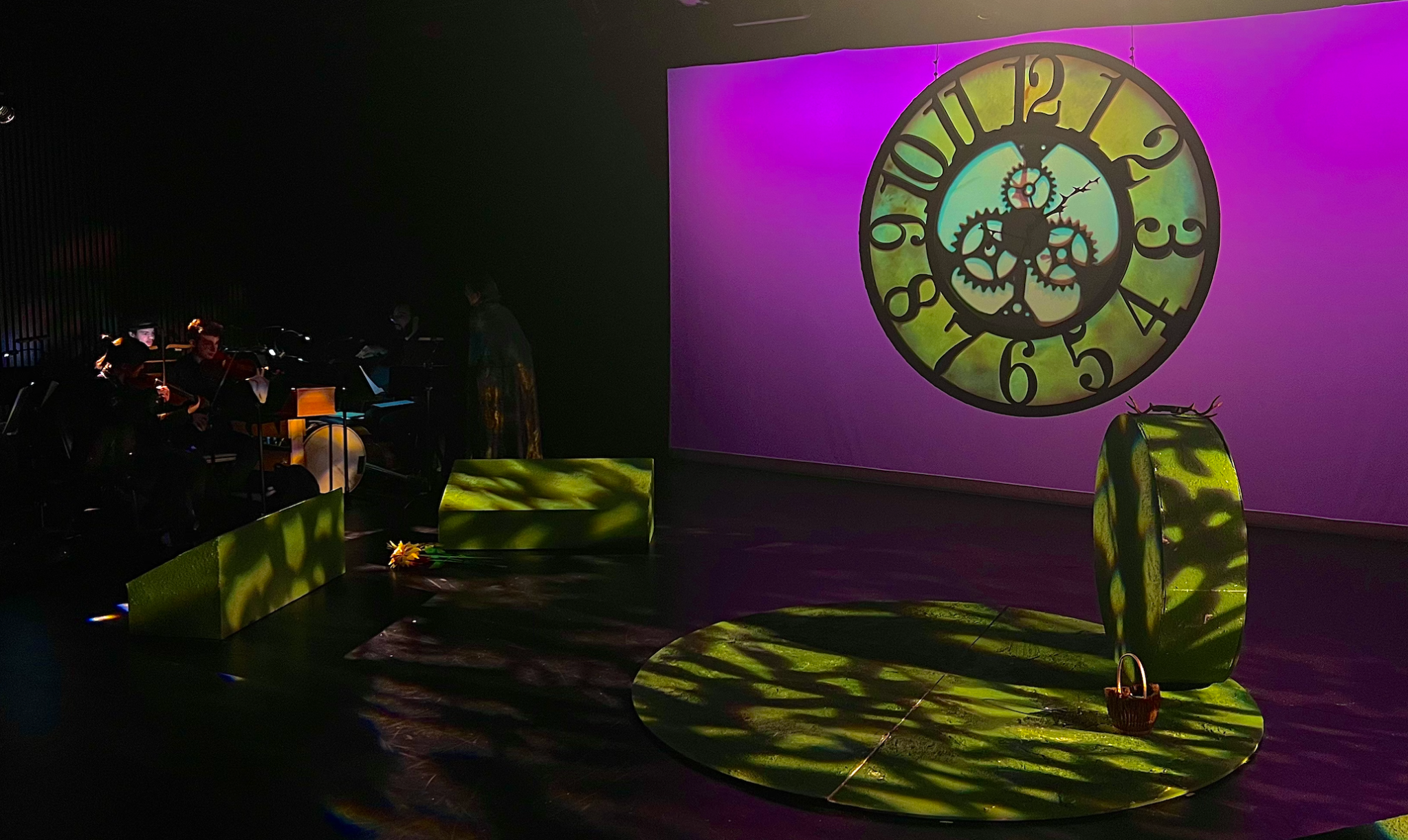‘The Fairy Queen’ opera premieres
'The Fairy Queen' — an Opera Theater of Yale College production — premieres this week at the Crescent Underground.

Luciana Varkevisser, Contributing Photographer
Madness, magic and music abound in Opera Theater of Yale College’s production of “The Fairy Queen” — an operatic adaptation of the classic Shakespeare play “A Midsummer Night’s Dream.”
“The Fairy Queen” is an adaptation of Shakespeare’s classic “A Midsummer Night’s Dream” with an operatic twist. The Shakespearean play tells the tale of eight Athenians who accidentally stumble into a fairy realm amid a feud between its two rulers. In moments of intense emotion or magic, the 17th-century composer Henry Purcell brought the scenes to life with masques of Baroque opera. Students involved in the performance told the News that this Yale production brings a classic Shakespearean play to life in a new and innovative way.
“I always wanted an opportunity to have a sort of an integration between the theatrical world and the operatic world,” said producer Mia Rolland ’24.
Rolland selected the show over the summer in collaboration with Francis Fedora ’24 — the show’s musical director.
While the show’s music originated in the 17th century, “The Fairy Queen” is a unique take on Purcell’s classic songs. The director — Carson White ’25, who uses she/they pronouns — crafted the show herself. They melded the composer’s music with Shakespeare’s original script to create a more fluid storyline.
“The Fairy Queen” combines classic theater with modern technology. The show uses a variety of advanced technical elements, such as multicolored lighting and projections. In forest scenes, the lighting takes on a dappling effect, making it seem like the overhead lighting is being cast through a canopy of trees.
The centerpiece of the production is an intricate, massive clock that hangs on stage as a backdrop, lighting up and fading into the shadows when needed. Projections are sometimes used on the clock to add ticking hands and other magical designs.
But the show does not completely abandon its 17th-century roots. The orchestra includes Baroque instruments, such as the harpsichord and Baroque bows for the string instruments.
Additionally, the costumes in the show — designed by Carter King ’24 — were designed to resemble traditional costumes from the Shakespearean era. They feature classic capped sleeves and long capes. The costumes follow a common forest aesthetic, complete with deep green colors and fairy wings made of antlers.
The actors had the challenge of not only memorizing Shakespearean text but singing it. Cast members told the News that they are taking this challenge in stride.
“Coming into an opera, it doesn’t feel [easy],” said Casia Provencal ’26, who plays Titania. “It feels like I’m having to work for it, which is a totally new but also a very gratifying process.”
The operatic sequences are melodic and add a sense of wonder — and at times eeriness — to the story. The music blends seamlessly with the scenes of dialogue, creating an easy-to-follow operatic adaptation of the play.
The actors bring to life the magical and witty nature of the play through cleverly acted comedic scenes and portions of audience interaction. They have an audience member come on stage to play a wall, ask audience members if they have a script and use the aisles and seats as part of the stage.
White said she hopes audience members will “begin to ask the question of themselves: How would I reimagine my life outside of the restrictions put on me by modern society?”
The show will run on Dec. 7 and 9 at 8 p.m. at the Crescent Underground Theater.
Shakespeare’s first folios are on display at the Sterling Memorial Library.







